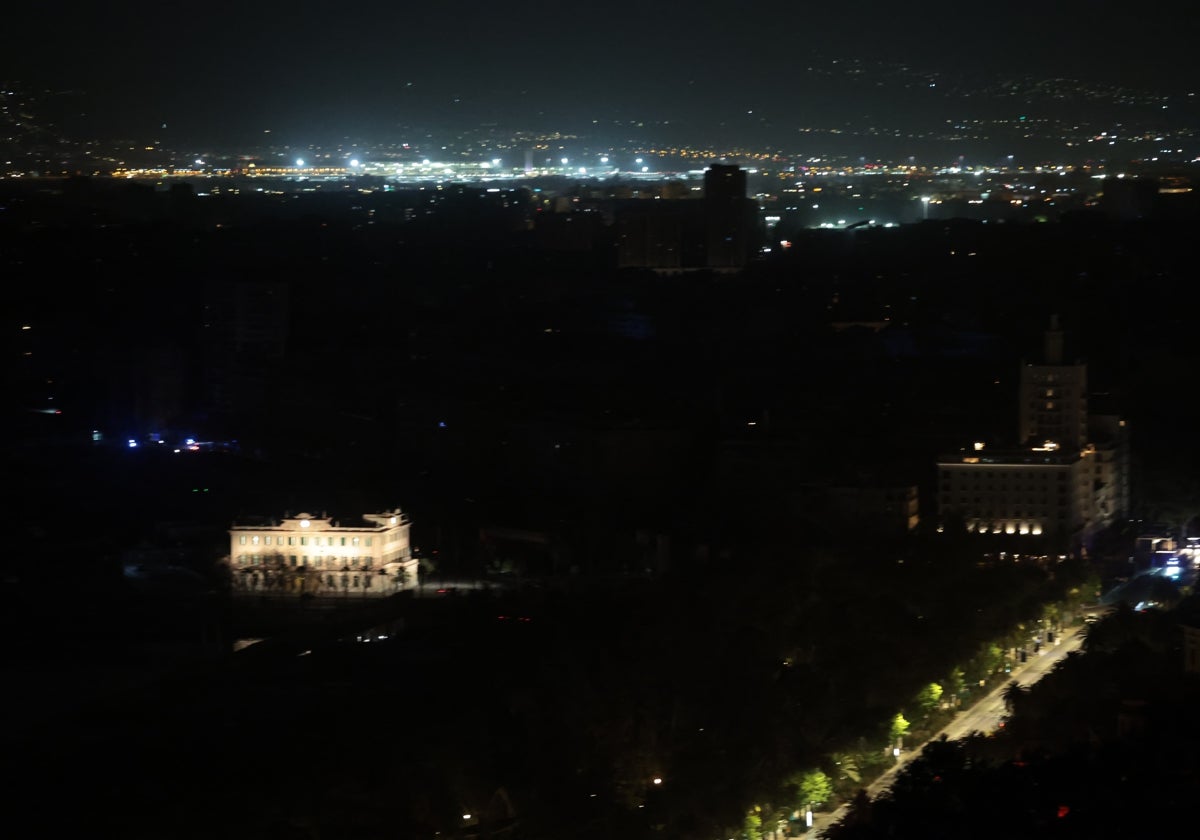Why did some areas of Malaga get their power back earlier than others?
To restore power, the province was split into sections and power was loaded at substations with priority given to the airport, hospitals, police, telecommunications and people who rely on electronic devices due to illness
After the power cut which affected Spain, Portugal and part of France on Monday 28 April, questions have been asked as to why some districts in Malaga regained power at 4pm, while others had to wait until 4am the following morning. Also, there is some suspicion that among the first to return to normality were El Limonar, Cerrado de Calderón and Pedregalejo, which are considered the wealthier areas of the city. These are the real reasons why some streets returned earlier and others later.
"Restoring service after a blackout like this is extremely complicated," explains José Antonio Aguado, Professor of Electrical Engineering at the University of Malaga (UMA). "That's why it has to be done gradually and by section". At every instant, generation and demand have to be equalised, second by second, so that supply is equal to demand, he says.
After the power cut all substations were disconnected, and bringing them back on line involves protocols and procedures. The power plants and substations that supply the different sectors are connected. And as generation is recovered, some of the population can be reconnected. But the expert highlights that there is "no criterion associated with per capita income, but rather very complex technical criteria, due to the availability of the substations that are operational". In fact, José Antonio Aguado says that La Malagueta, which is one of Malaga's wealthiest districts, was one of the last to get its power back.
This is done sequentially, "because if we put in more demand than available generation there is a risk of a new blackout; it is tested that it works and goes to another substation, and until there is no load, it is not connected". The demand to be met is calculated based on the usual demand that day (Monday) at the same time at each substation, something Endesa knows with a margin of error of just one per cent.
Priority criteria
Therefore, firstly, the network, which is usually meshed and interconnected, was temporarily dismantled to generate a kind of energy island, to be reconnected by zones with the help of supplies from Morocco in the south and France in the north of the country.
Endesa explains that, in addition to the "absolutely technical criteria", certain supplies considered essential were prioritised. These include airports, hospitals, security forces and telecommunications systems. These are also joined by the homes of people registered as electro-dependent patients, i.e. those who need electronic devices to stay alive.
For this reason, Alhaurín de la Torre was one of the first to recover normality, thanks to its proximity to the airport. While the rapid restoration of some districts in the east of the city may have been due to two causes mentioned above: this area is supplied from the Montes substation, which is the same line that supplies important telecommunications repeaters. But it is also true that there are many care homes where people registered as electro-dependent live.
And to the question of why districts that are physically very close to each other regained electricity at such different times, the answer is that, although they are close, they are often supplied from different substations. This explains why El Limonar had power at around 4pm, while the area around Fuente Olletas, which is very close, did not get electricity until 3am the following morning.

